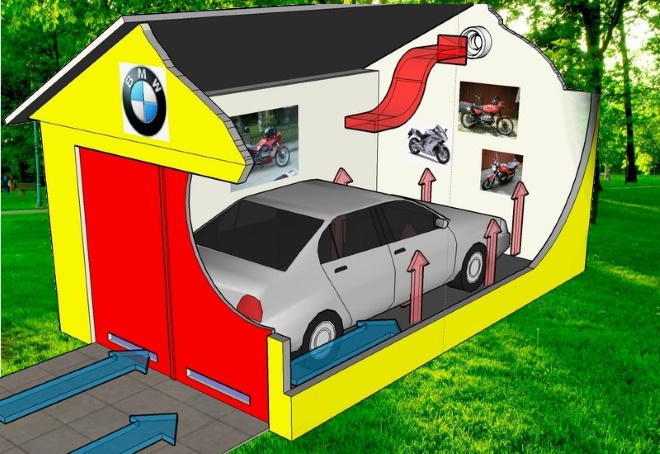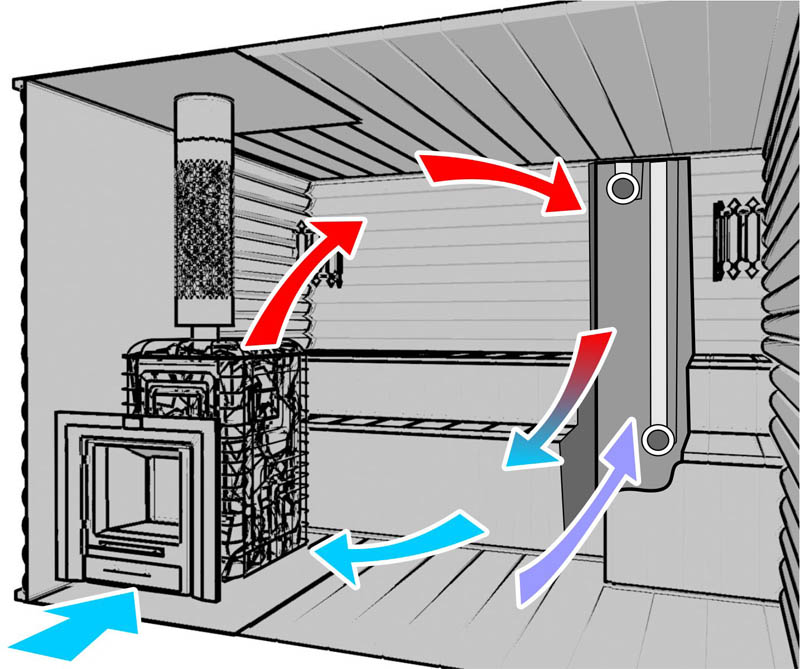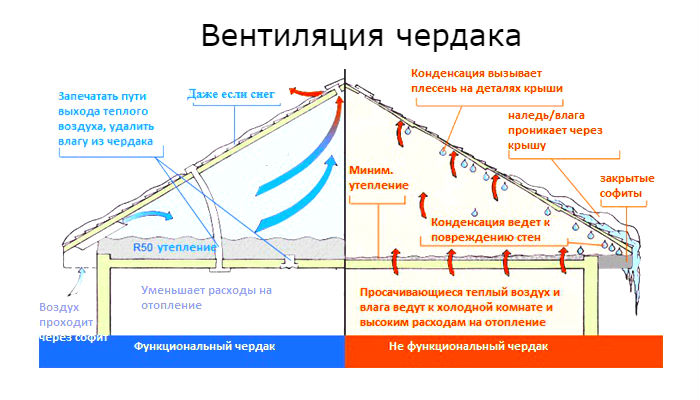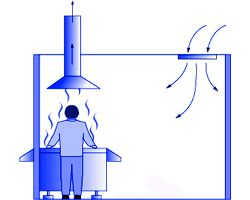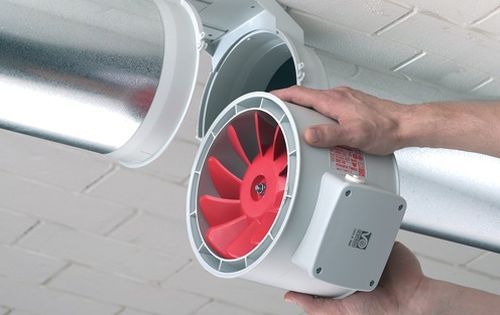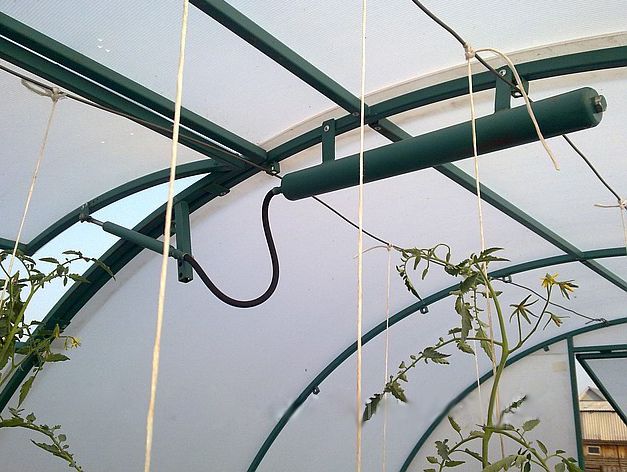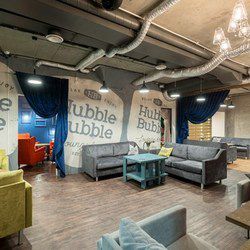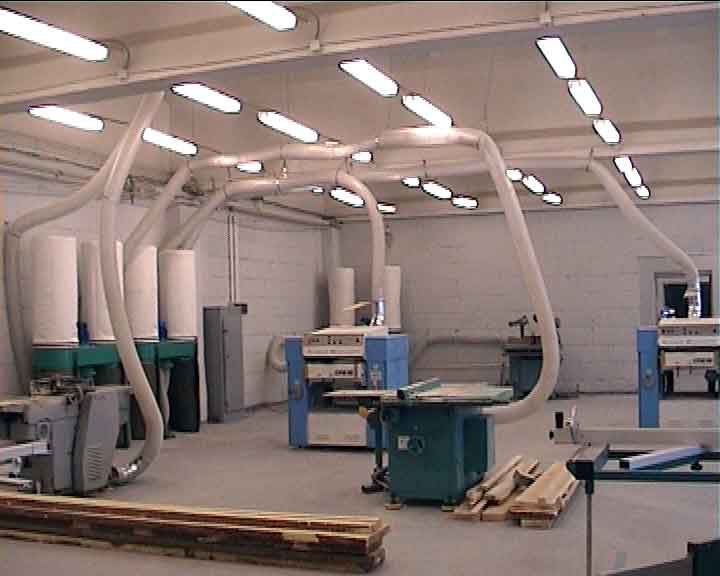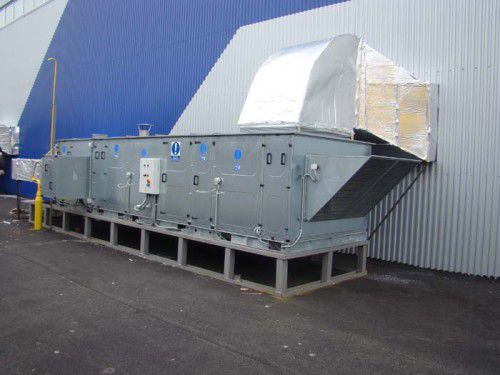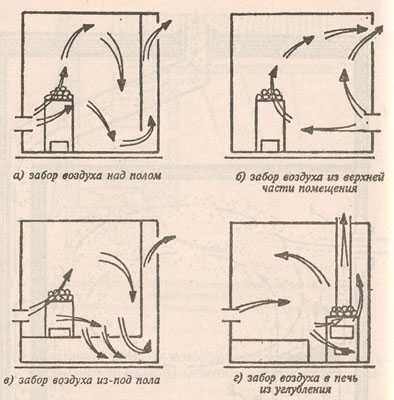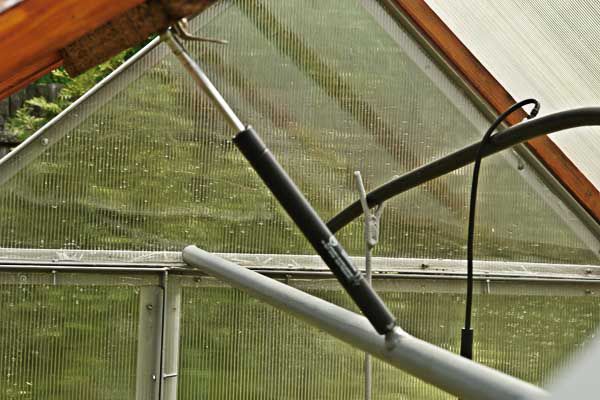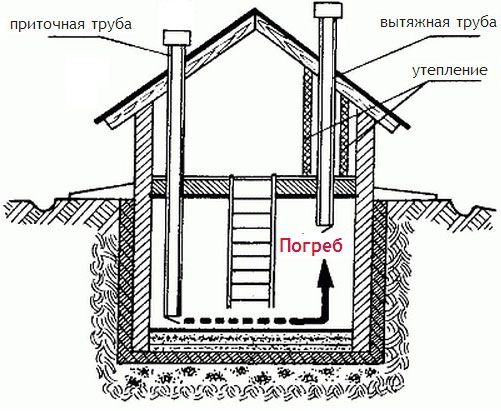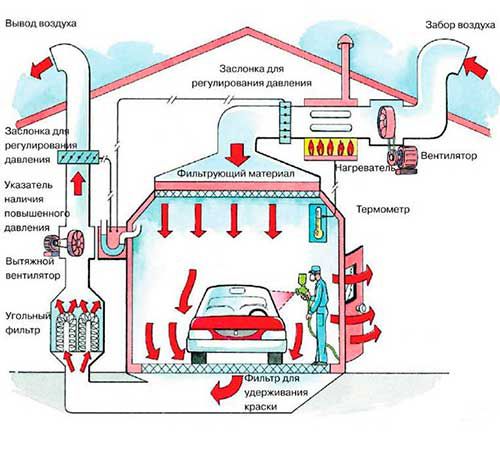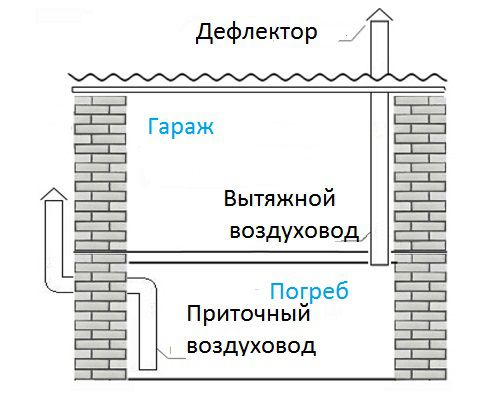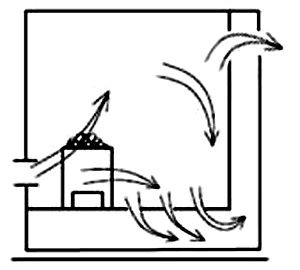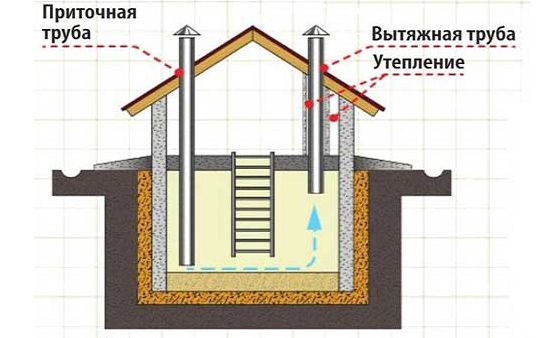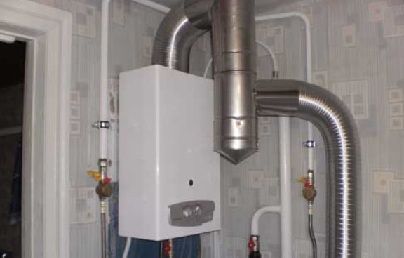Non-residential premises
Ventilation of premises
Ventilation in any type of room must ensure air exchange. The main difference between ventilation systems for premises for various purposes lies in the intensity of air exchange.
Ventilation of industrial premises
The following types of ventilation are used in industrial premises:
- natural,
- artificial mechanical.
Most often, a combination of these two types of ventilation is used in industrial premises. Organized natural ventilation is carried out through aeration lights, ventilation shafts or ventilation ducts, special vents. But this type of air exchange is very dependent on the weather outside.
The air inflow into the production premises is carried out through the vents at a height of 30 cm to 1.8 m from the floor level, and in winter at a level of 4 meters and above. The area of the vents should be 1/5 of the glazing area or more.
Mechanical ventilation of industrial premises can be supply, exhaust or supply and exhaust. It can be local (air showers, curtains or oases) or general exchange.
Local ventilation is used in hot shops, industries with high heat radiation.
Ventilation of residential and office premises
In residential premises, ventilation can be natural, combined or artificial. It is important to comply with the air exchange rates indicated in SNiP 2.04.05-91 ventilation of residential premises, which read:
- For every 1 sq. meter of housing area must be supplied in 3 cubic meters. meters of air per hour.
- For 1 person staying in the apartment, you must submit 30 cubic meters. meters of air hourly.
Air is supplied through the recreation areas (living room, bedroom), and outflow through work areas (kitchen, toilet, bathroom, dressing room).
Most residential buildings are initially equipped with a natural ventilation system, which is ineffective in the warm season and works intermittently in the cold. Therefore, residents solve problems with ventilation of residential premises, most often by installing forced air outflow.
Unlike residential premises, mechanical supply and exhaust ventilation is most often installed in offices. The inability to open a window on a solid-glazed facade forces the air exchange in the premises to be fully automated.
Ventilation of clean rooms
Ventilation of clean rooms solves the following tasks:
- Maintaining the amount of dust particles in the air. The rate is determined by the class of cleanliness of the room.
- Keeping temperature, humidity and air mobility within specified limits.
- Maintaining the pressure difference in adjacent rooms. It is necessary so that dust does not penetrate from the adjacent hall into the room with a high class of cleanliness. The inflow of air is somewhat more intense than the outflow; an increased air pressure is created.
- Providing fresh air supply.
The air is purified by four absolute filters. There are no turbulences in the air thanks to the laminar flow. Ventilation of air in premises and air conditioning is carried out by means of a central air conditioner.

